Optimal Timing for Roof Installations

Spring offers moderate temperatures and longer daylight hours, making it suitable for roof projects.

Summer provides warm weather, but high temperatures can impact installation efficiency and material handling.
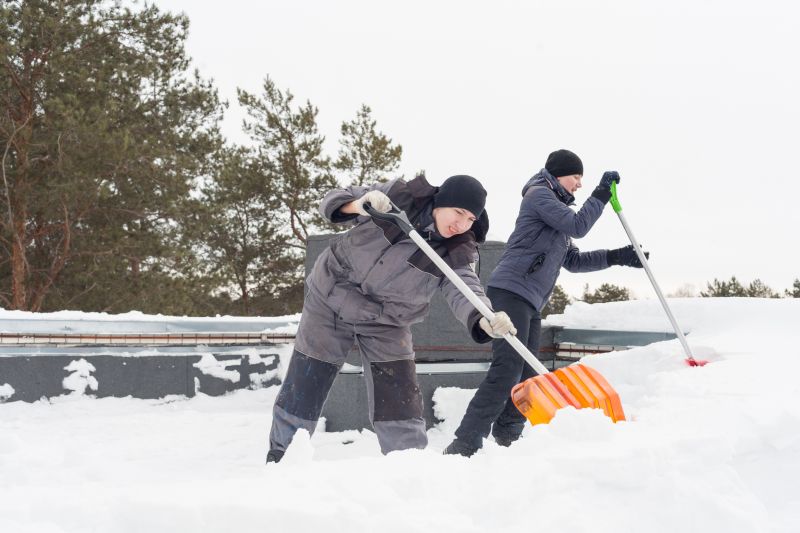
Fall provides cooler temperatures and dry conditions, ideal for roofing work before winter.
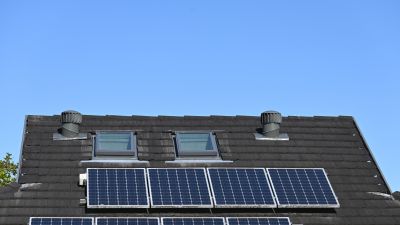
Ways to make Roof Installations work in tight or awkward layouts.
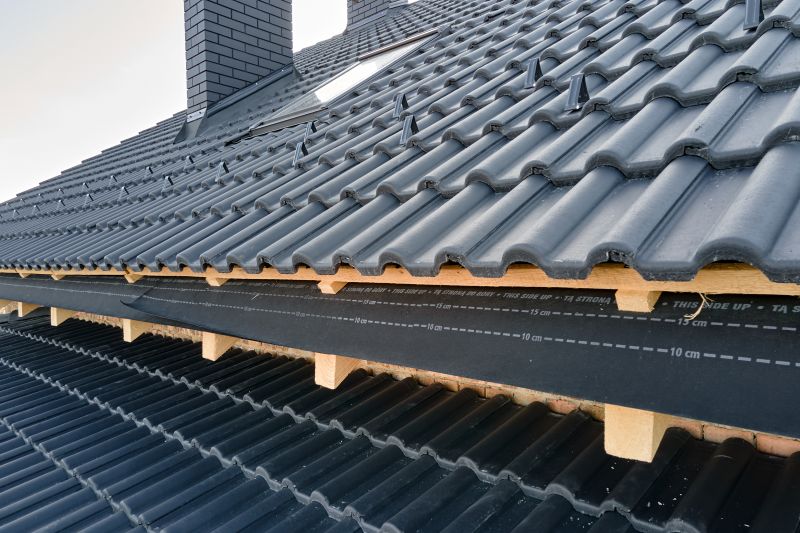
Popular materials for Roof Installations and why they hold up over time.
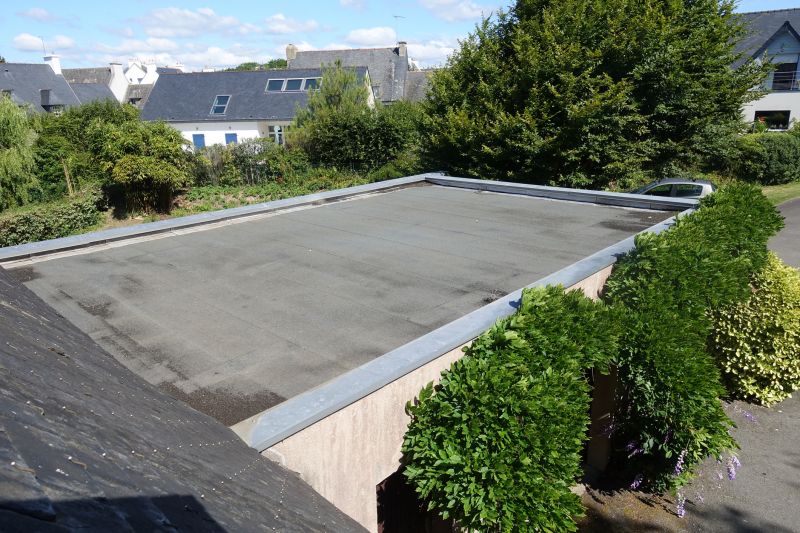
Simple add-ons that improve Roof Installations without blowing the budget.
Roof installations are influenced by weather patterns, material requirements, and project scheduling. Optimal timing ensures quality workmanship and long-lasting results. Weather conditions such as rain, snow, and extreme temperatures can delay or compromise the installation process. Therefore, choosing the right season can impact project success and durability.
Statistics indicate that the majority of roofing projects are completed during spring and fall, when weather conditions are most predictable. Proper planning around seasonal changes can reduce delays and ensure the longevity of the roof. Additionally, scheduling during these periods can help avoid peak season price increases and availability issues.
Avoid roofing during heavy rain, snow, or extreme heat to prevent delays and material damage.
Certain roofing materials perform best within specific temperature ranges for optimal adhesion and sealing.
Early planning for spring or fall installations can lead to better scheduling options and cost efficiency.
Proper timing reduces risks of weather-related damage, extending roof lifespan.
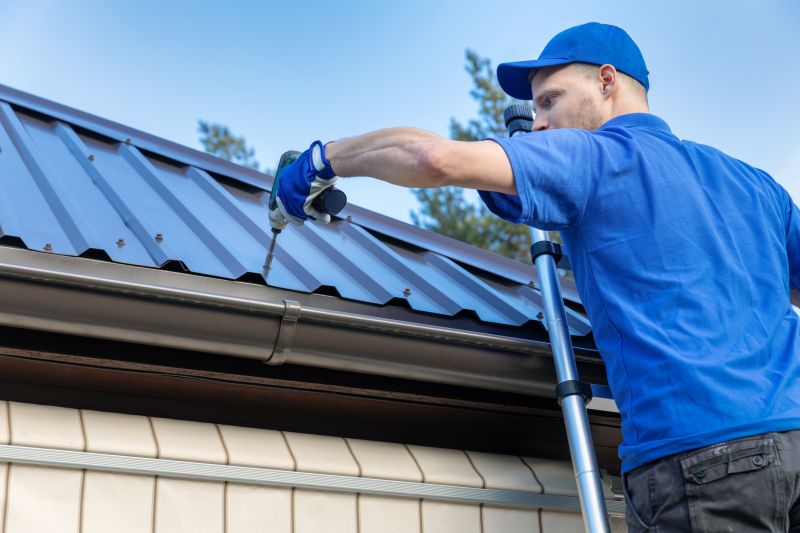
High-end options that actually feel worth it for Roof Installations.
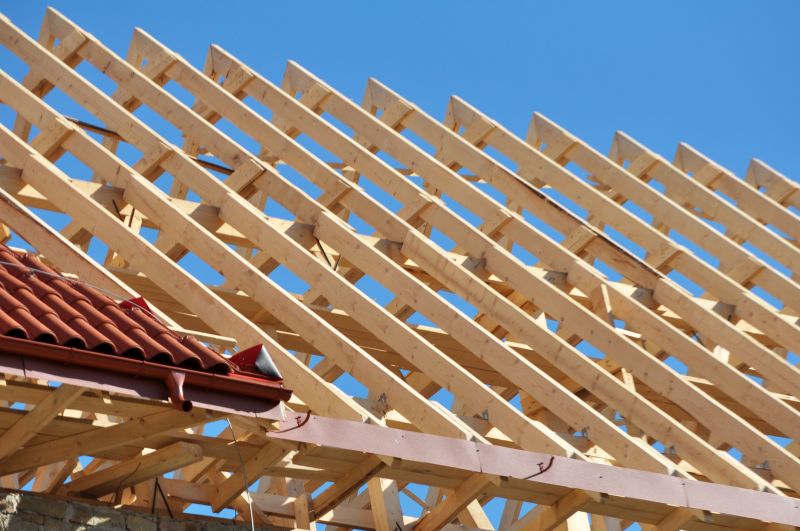
Finishes and colors that play nicely with Roof Installations.
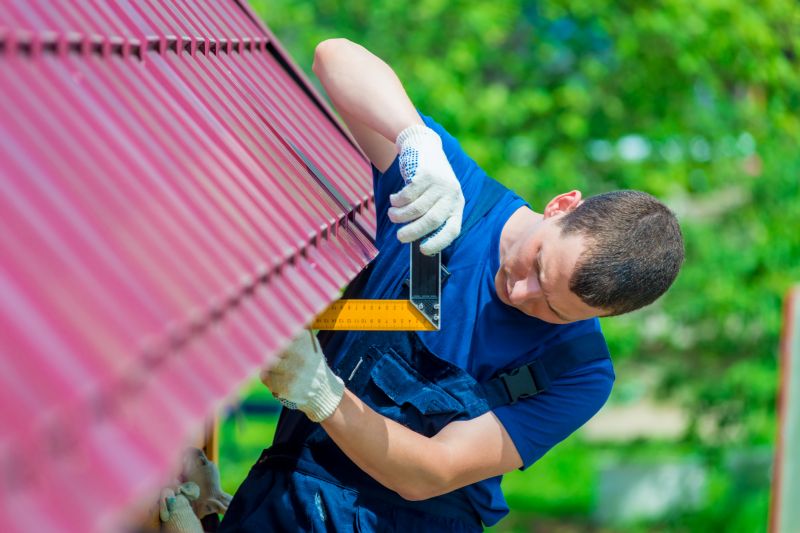
Little measurements that prevent headaches on Roof Installations day.
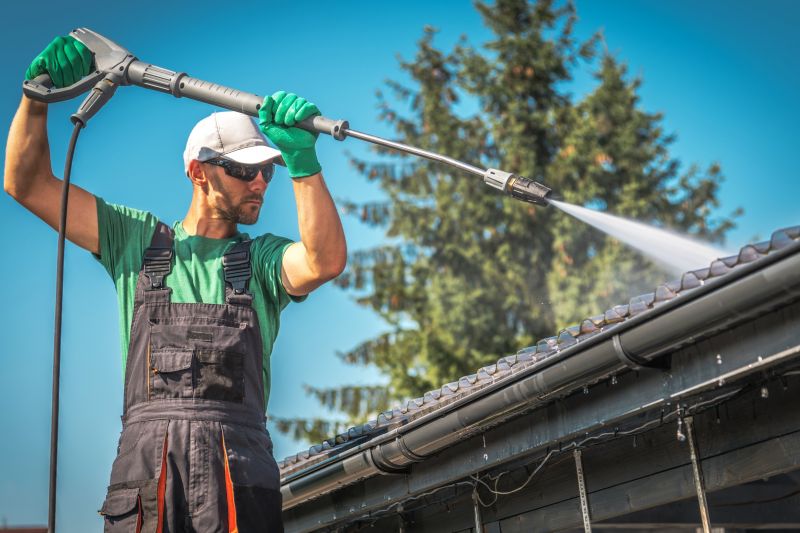
A 60-second routine that keeps Roof Installations looking new.
| Season | Ideal Conditions |
|---|---|
| Spring | Moderate temperatures, dry weather |
| Summer | Warm weather, longer days |
| Fall | Cooler temperatures, dry conditions |
| Winter | Potential snow and freezing temperatures |
Choosing the appropriate time for roof installation depends on regional climate, project scope, and material specifications. Proper timing can lead to better installation quality, cost savings, and longer roof lifespan. Consultation with roofing professionals can assist in selecting the most suitable season based on local weather patterns and project requirements.
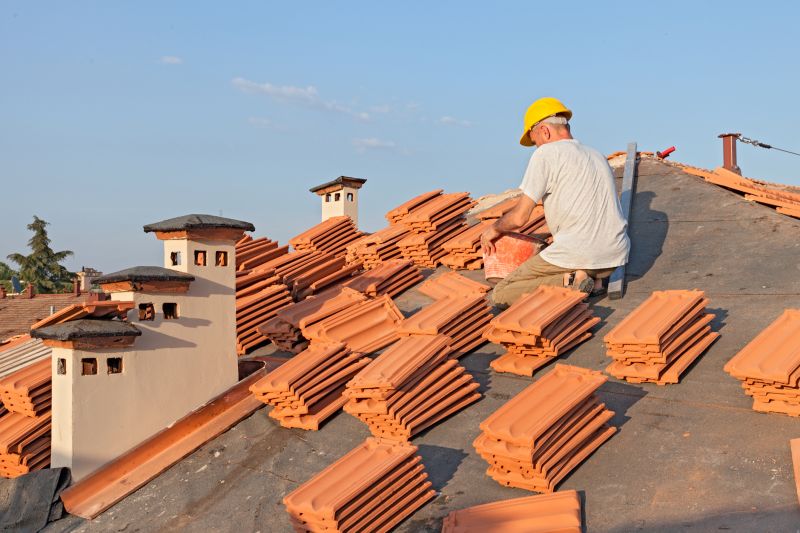
A frequent mistake in Roof Installations and how to dodge it.
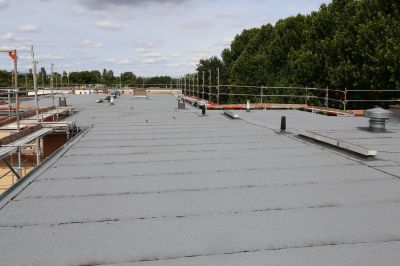
Small tweaks to make Roof Installations safer and easier to use.
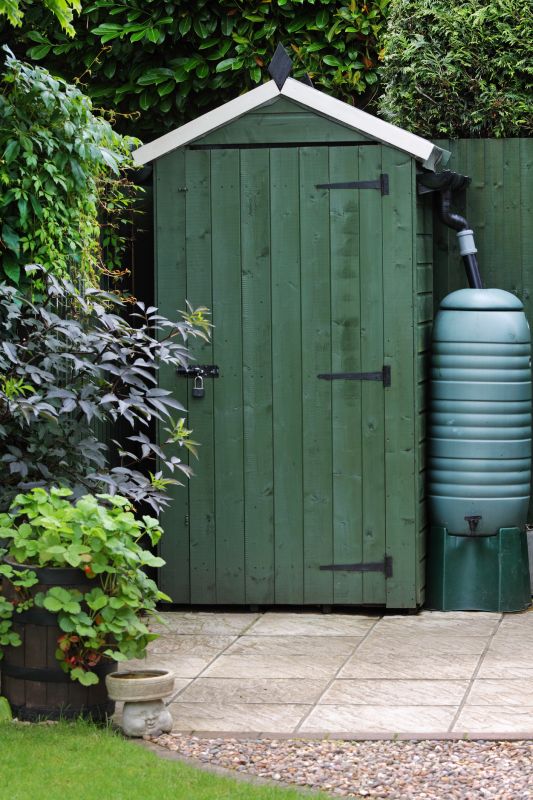
Lower-waste or water-saving choices for Roof Installations.
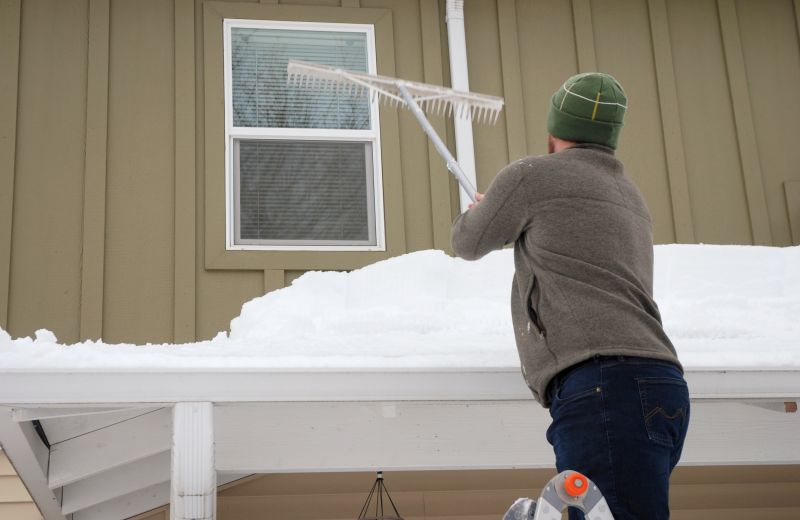
The short, realistic tool list for quality Roof Installations.
Proper timing for roof installations can enhance project outcomes and durability. It is advisable to consider weather forecasts, regional climate, and material guidelines when planning. Early scheduling during favorable seasons ensures timely completion and reduces risks associated with adverse weather conditions.
Interested in scheduling a roof installation? Fill out the contact form to discuss your project details and timing options.
